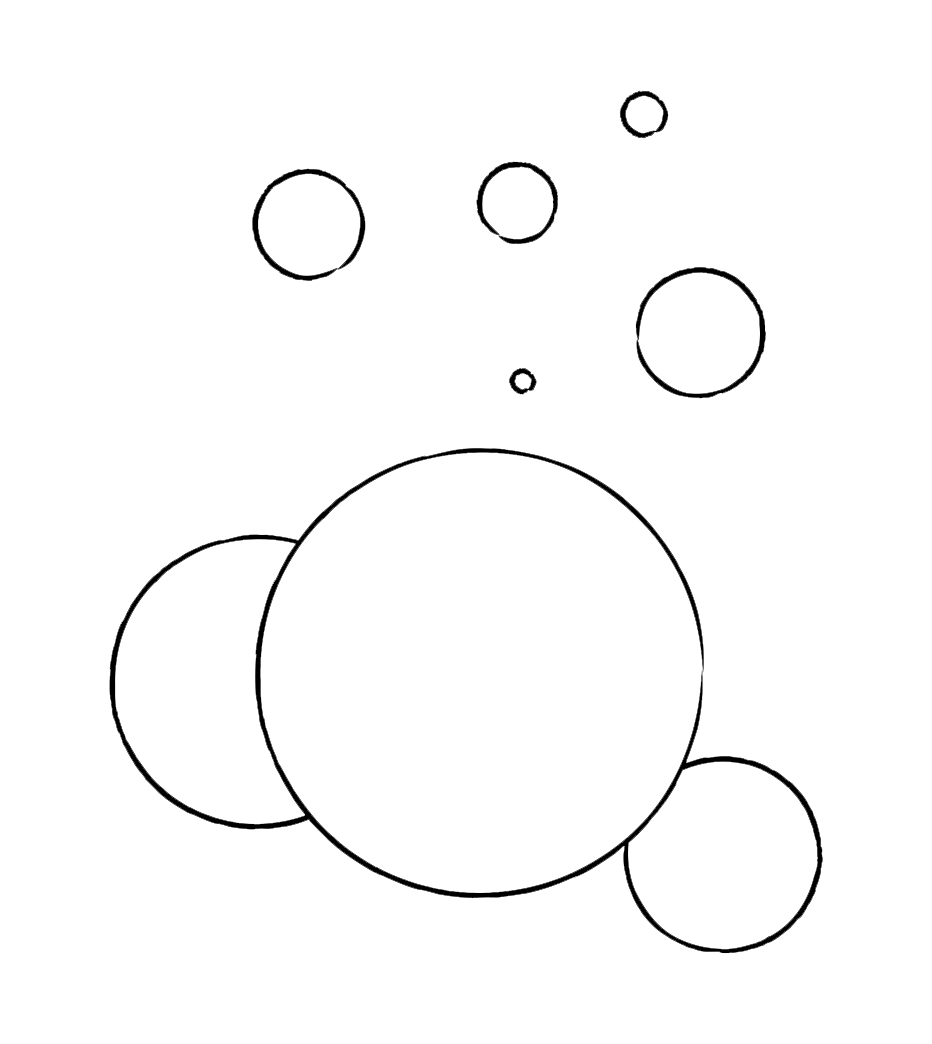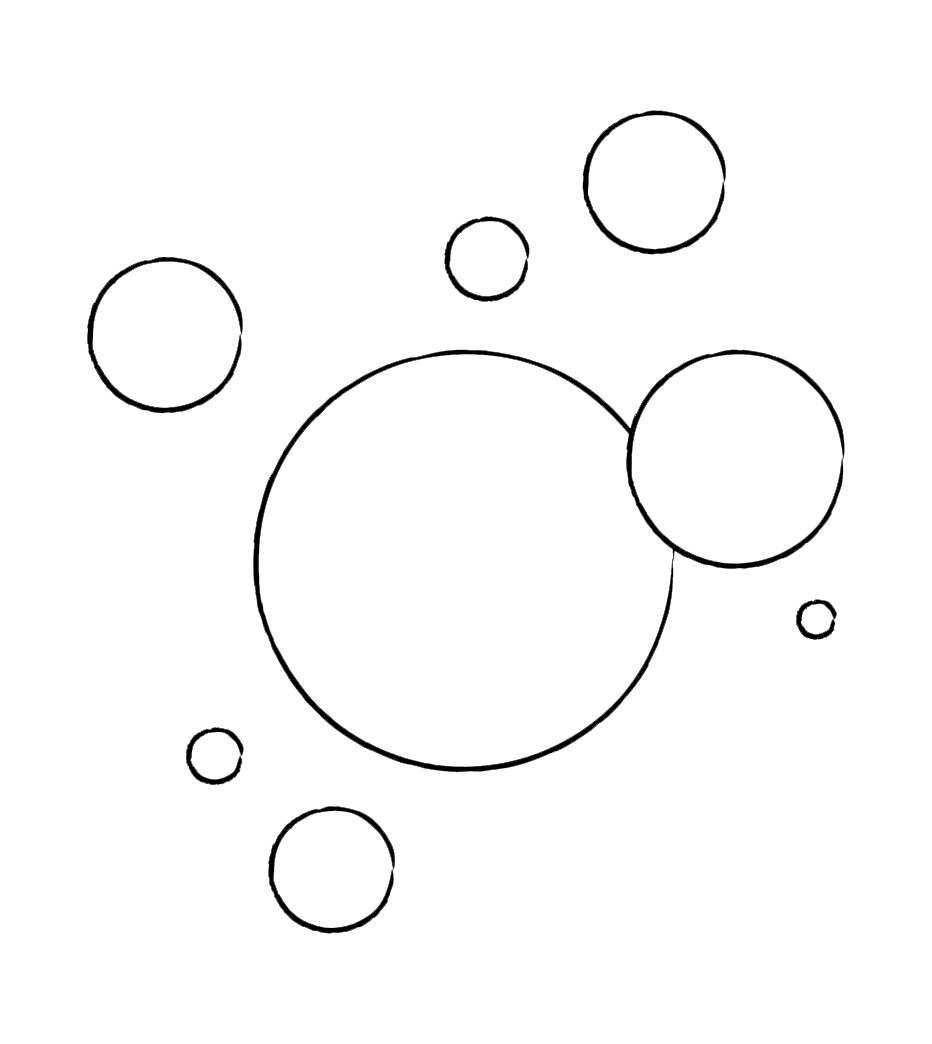

Time and time again, we'll "strongly recommend" dry cleaning for natural fabrics. After all, when dealing with luxury materials, a professional will consistently deliver the best results.
Of course, not all dry cleaners are created equal, and handing over your slipcovers can be nerve-wracking.
What should I do?
BREATHE.
- If this stain is removable, the dry cleaner will remove it. It's going to be okay.
Pre-treat the stain right away.
- Time is of the essence here, so it's crucial to act as quickly as possible. The longer a spill sits, the more it becomes embedded in the fabric and the more likely it is to leave a permanent stain.
- Absorb excess liquid with a clean, undyed cloth (or scoop up excess standing spills, like ketchup with a spoon).
- Always dab the spill—never rub.
- Do not apply heat. (This can set the stain.)
- Resist the urge to apply an enzymatic cleaner unless our specific care instructions say it's safe.
Vet your dry cleaner.
- Even if you're googling them on your way out the door. Read reviews, see if they have experience with natural fabrics, and ask friends for any recommendations.
- If your dry-cleaning options are limited, be prepared to ask questions and ensure they have the info they need about your fabric and the stain. This brings us to...

What should I tell the dry cleaner?
The type of fabric.
- And mention the fabric content is 100% natural (i.e., no synthetics and no coatings).
The nature of the stain.
- What did you spill?
- When did you spill it?
- How long has it been sitting on the fabric?
Whether you've attempted to remove the stain.
- (Reminder: Don't, unless your fabric's care instructions specifically call out spot cleaning. But if you panic-spot-cleaned...)
- Tell the dry cleaner which fabric cleaner or detergent you used, if any.
- How extensive were your efforts? Did you try spot-cleaning? An entire wash cycle? Both?
- Did you tumble dry or apply any heat? (Again, this is a no-no—it's much harder to remove a stain after it dries.)

First things first.
Why is dry cleaning natural fabric recommended over machine-washing?
Obviously, experts have the benefit of experience and training. But aside from a practiced hand and eye, dry cleaners often have access to solvents that are only sold to industry professionals, i.e., not available in stores.
They can also clean your slip, well, without water. Dyed natural fabric fibers are more prone to crocking (damage from fiction), fading, and shrinking when soaked in water—especially if they aren't coated in protective chemicals. Read more about why we don’t use chemicals on our fabrics in our post "'Performance' quote unquote." Frequently, industry-exclusive solvents are non-water based, which leaves a smaller margin for error than washing in your home machine. (You can read more about caring for your slipcover in our post "Cleaning your slipcover.")
Sometimes, a dry cleaner will deem it necessary to use water during stain removal. (I hope you're sitting down: this process is called "wet cleaning.") Professional "wet cleaning" involves treating raw water—regular water like the kind used in residential machines—before it touches the garment. Treated water is far less likely to cause shrinking or fading.
We reached out to Sixpenny's own dry cleaner—we love them; they're basically magic—to demystify the process. Here's some insight and how to best prepare for your trip to the cleaners if you've spilled something on your natural slipcover.
Q.
Uh-oh. I didn't know what to do, so I rubbed the fabric too hard and/or applied heat. What do I do?
Hey, we all make mistakes. No one's going to judge you. Just be completely honest with your dry cleaner. A good dry cleaner will return that honesty and be transparent about the likelihood of success.
Q.
Wait. So, there are some stains dry cleaners can't remove?
Professional cleaning is your best shot but returning your slipcover to perfect condition is never guaranteed. While treatable, some damage is irreversible, like color leaching (when the fabric is soaked, forcing the dye out of the fibers). And myriad factors contribute to stains—some spots are just too old, embedded, or intense to remove altogether.
But no situation is entirely hopeless. If all else fails, you can always reach out to our team at hello@sixpenny.com and we'll do everything we can to help. We'd never hang you out to dry.

